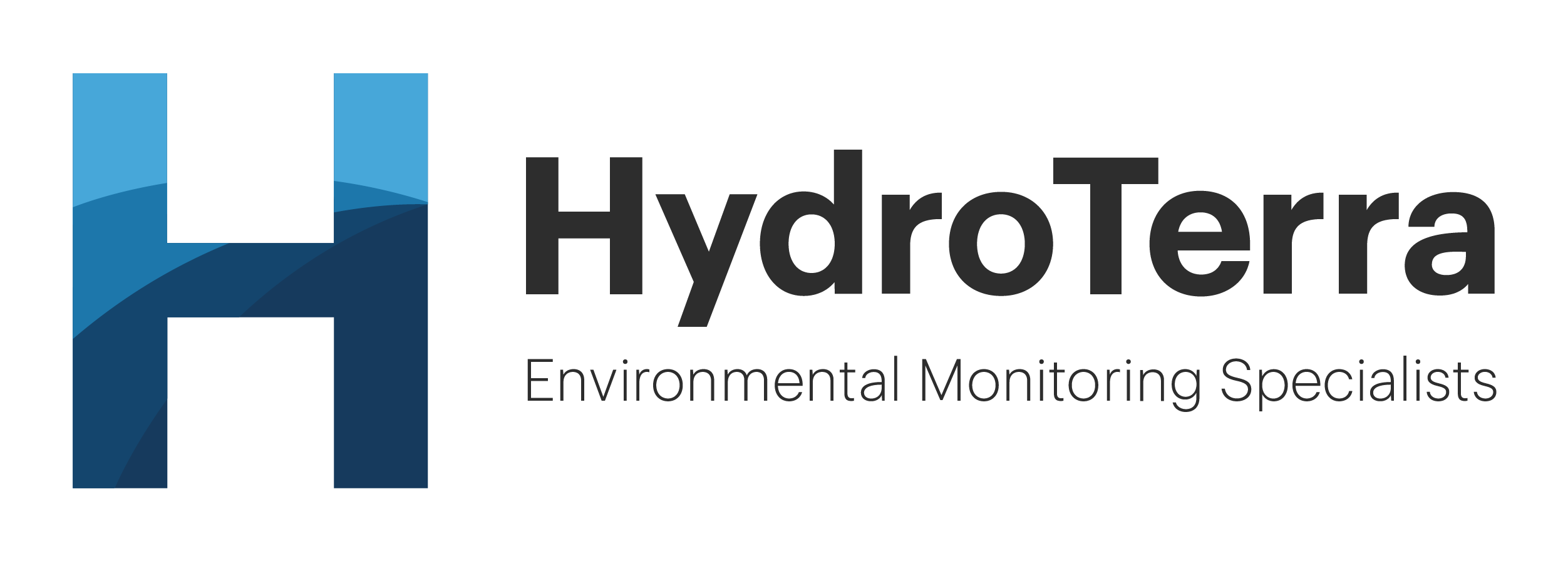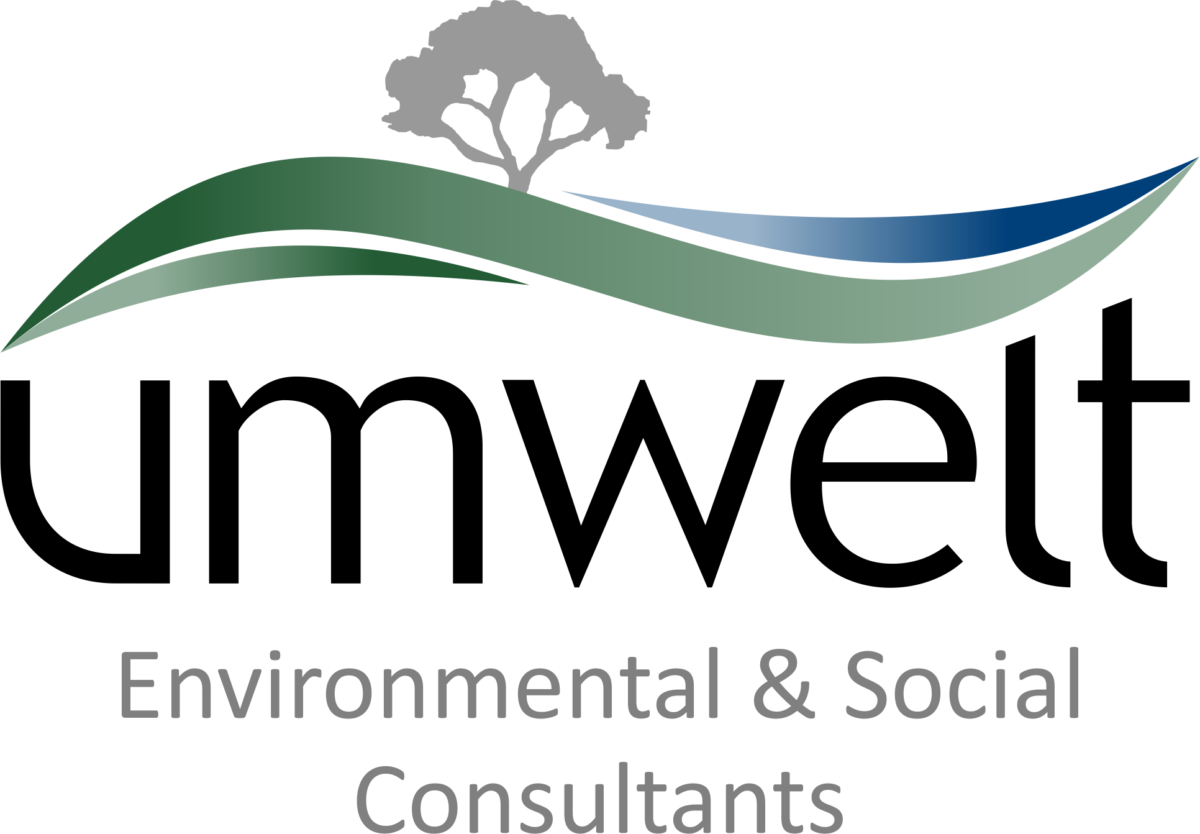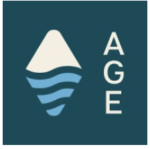IAH NSW TECH TALK
Brought to you by Professor Michael Knight
JOIN ONLINE VIA TEAMS
(Link to be provided in next communication)
Abstract:
The first humans appeared in Africa at two locations, one in Chad in Central Africa and the other in the East African Rift Valley between 6 to 7 million years ago. They began by drinking lake and river water. By about 2 million years ago they discovered and used groundwater fed springs that were more stable in the fluctuating climates they experienced. Stone tool making was also an important part of their day job and the sharp-edged rocks they made, assisted in food gathering and preparation. Tools were often dropped near springs and the mapping of tool locations has provided a picture of where they migrated to.
The first humans (hominins) to migrate belonged to the species called Homo erectus, (H.erectus) a long distant forerunner of our species, Homo sapiens. H.erectus left Palaeo Lake Chad and using springs migrated to Morrocco.by 1 million years ago Those in the East African Rift left in waves as small bands earlier from about 1.8 million years ago and walked northeast along the East African Rift Valley, dodging volcanoes and earthquakes. They then crossed over the Red sea with some then following the coast but others turned northwest up through Saudi Arabia to the Jordan Valley (Rift). Groundwater fed springs were critical to this journey. There was an abundance of water in the Jordan Valley. From this base they spread northeast to the rest of the world by 1.77 million years ago.
Eventually Homo sapiens emerged from between about 200,000and 300,000 years ago and learnt to manage springs and dig wells for water supplies and newly domesticated animal use. That is they discovered the watertable!
These early understandings and uses of groundwater were the basis of supplies developed later by the Greeks and Romans and formed the foundations of modern Hydrogeology.
Bio:
Michael Knight graduated with a PhD in Geology from The University of Melbourne in 1972. He is currently an Emeritus Professor in Hydrogeology and retired from UTS in 2004, where he was Professor and Director of the National Centre for Groundwater Management (NCGM),1992-2004. During his career, Michael received 14 academic and professional awards and was the World President of the International Association of Hydrogeologists (IAH), 1996-2000. Post-retirement, in 2005, he was made a Life Member of IAH and in 2010 he was presented with the Woolley Award by IAH NSW for a lifetime of achievement in Hydrogeology. He has published 120 articles and a number of books,32 other works and 188 consultancy reports during his career that involved 3 years working for the Government in Papua New Guinea, 18 years at UNSW and 12 years at UTS. Currently he is an Honorary Associate in the Department of Archaeology at the University of Sydney.
For the past 23 years Michael has had an active research interest in how ancient people understood and used groundwater. In 2017 Michael was named a Paul Harris Fellow by Rotary International in appreciation of tangible and significant assistance given for the furtherance of better understanding and friendly relations among peoples of the world. This recognition was in relation to Michael’s technical development and management of a project to successfully install a groundwater supply for a high school and villages in Uganda. On January 26, 2019 Michael was made a Member of the Order of Australia “for significant service to scientific, education, particularly in Hydrogeology and groundwater management”
Michael is married to Janet, has 4 children and 15 grandchildren.

























